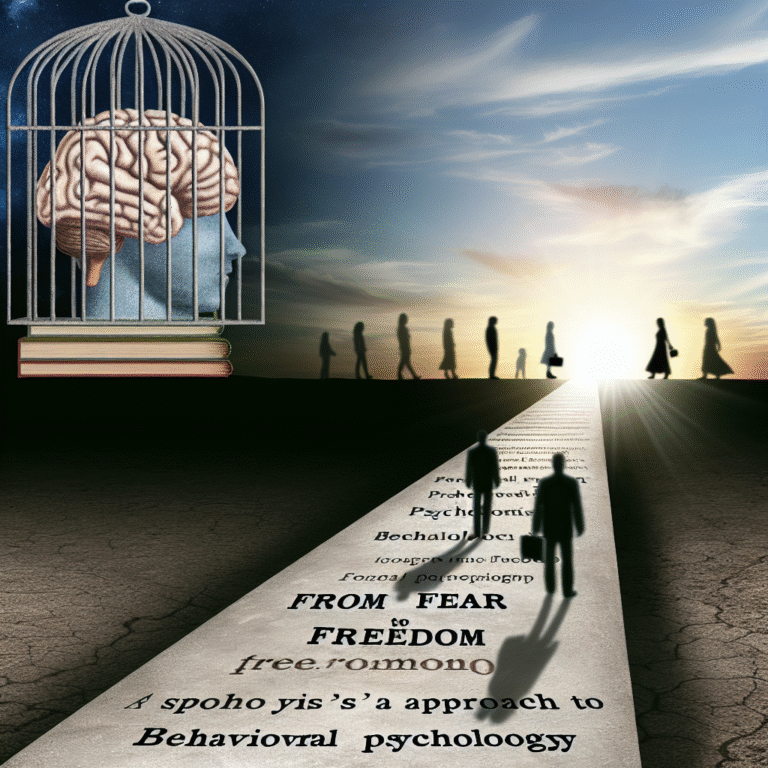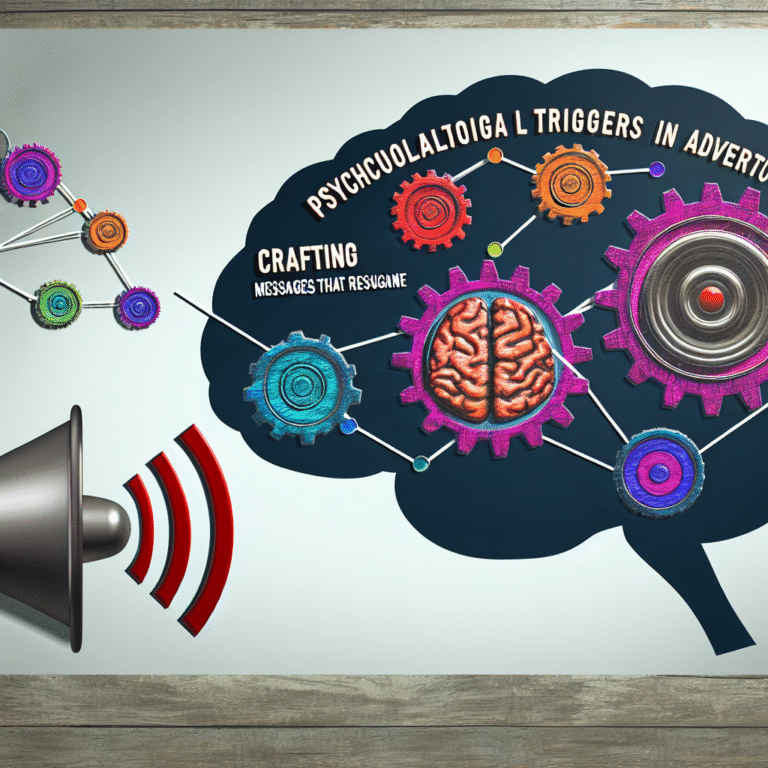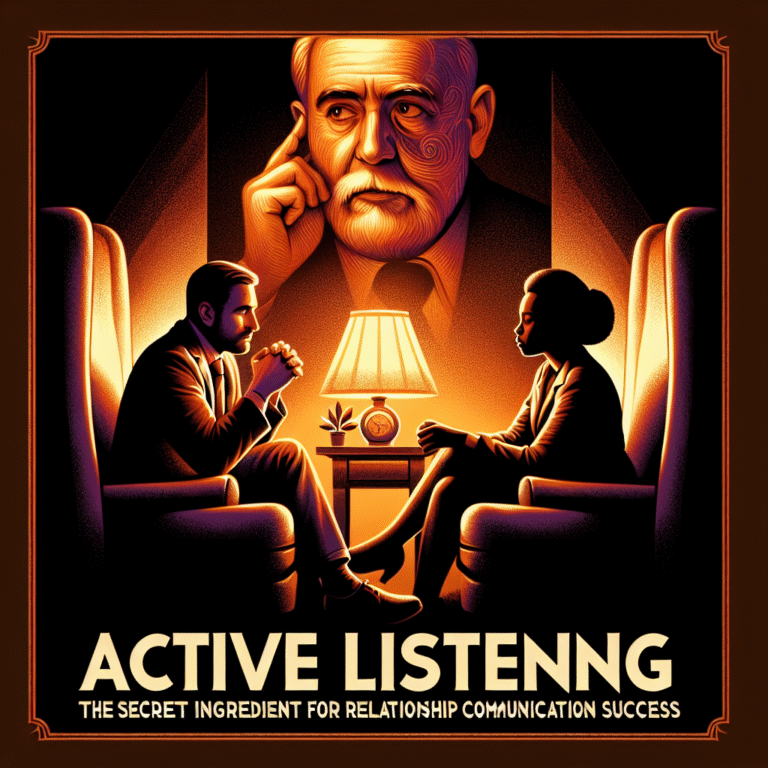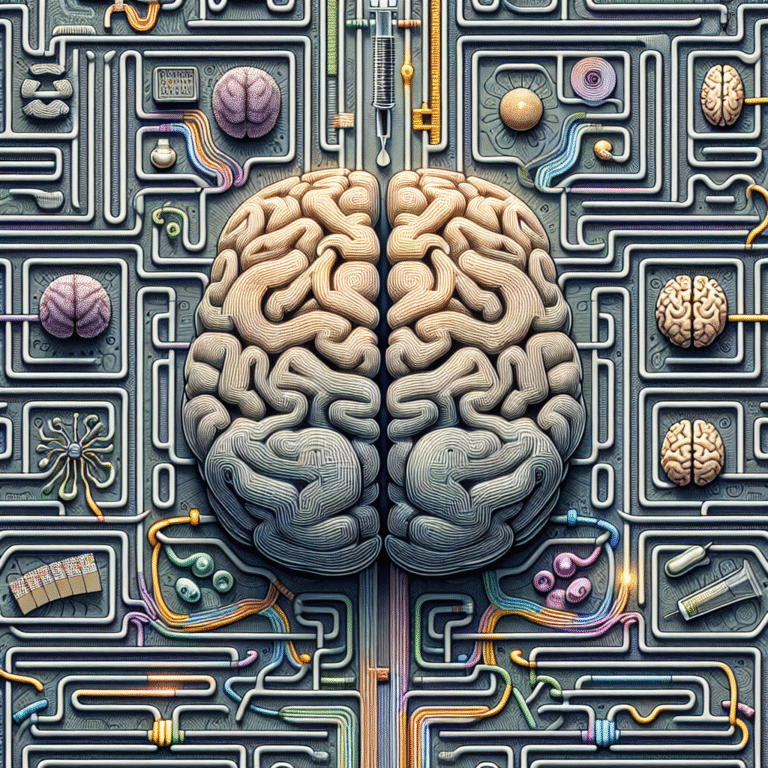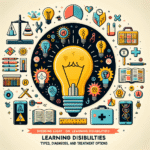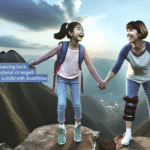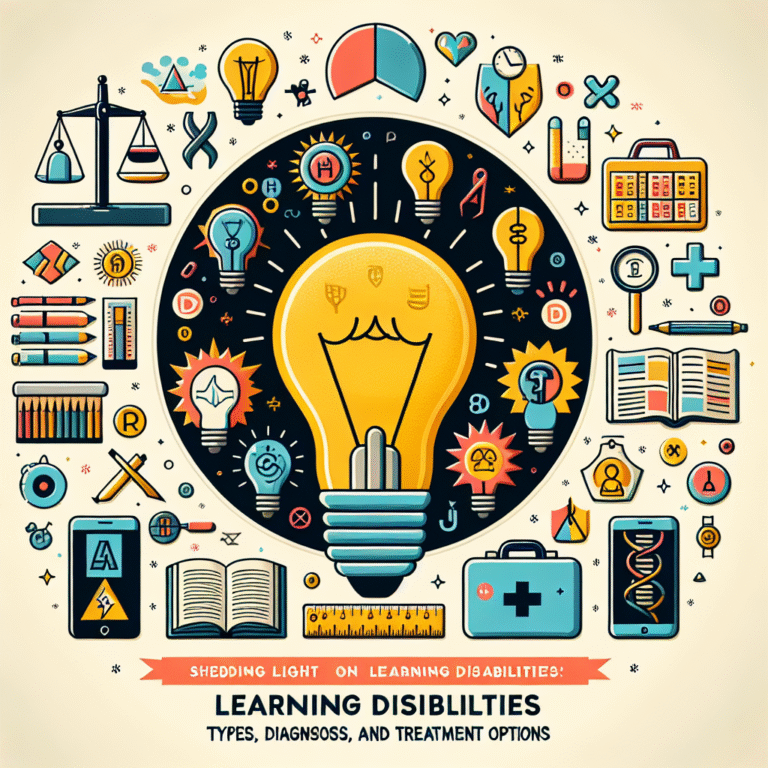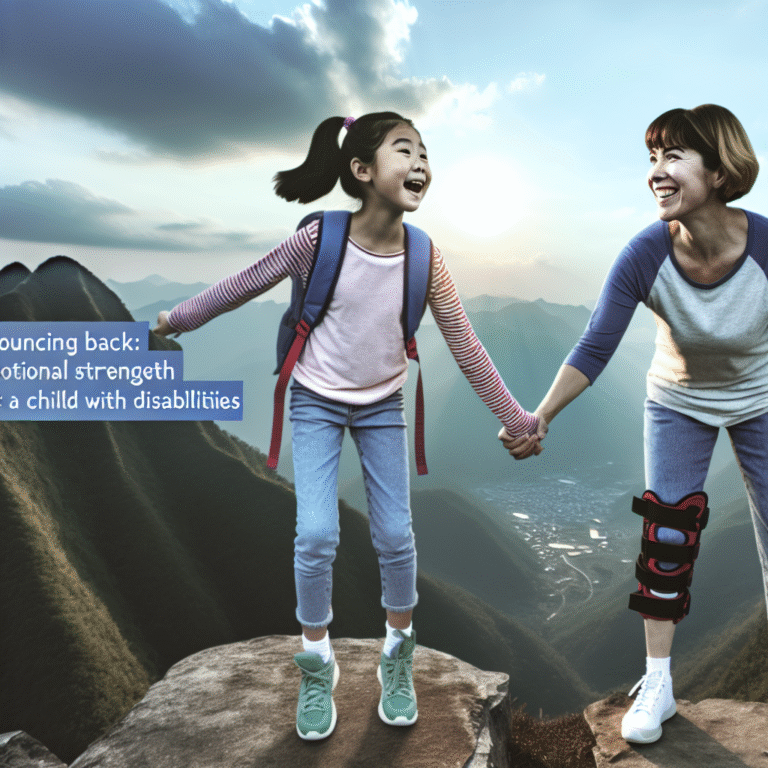
From Playground to Psychological Pain: Understanding the Impact of Bullying on Young Minds
Introduction
Bullying is often portrayed as a rite of passage in childhood—a mischievous phase that children must overcome to emerge stronger. However, the phrase From Playground to Psychological Pain: Understanding the Impact of Bullying on Young Minds underscores a grim reality. What may seem like harmless teasing or playful rivalry can morph into a severe problem, leaving lasting scars on a child’s mental health. As educators, parents, and mental health advocates continue to tackle this pervasive issue, it’s essential to recognize the profound effects bullying can have on young minds. This article delves into the complexities of bullying, exploring its origins, impacts, and the pathways toward healing.
The Nature of Bullying
Defining Bullying
Bullying encompasses a spectrum of aggressive behaviors that can be physical, verbal, or relational. It is characterized by an imbalance of power, where the perpetrator seeks to assert dominance over the victim. Understanding the intricacies of this behavior is crucial for both identifying and combating it effectively.
Types of Bullying
- Physical Bullying: This includes hitting, kicking, or damaging belongings.
- Verbal Bullying: Name-calling, teasing, and making threats fall into this category.
- Relational Bullying: This often includes social exclusion, spreading rumors, and manipulating social relationships.
The Playground Dynamics
The playground serves as a microcosm of societal interactions, where children navigate friendships, rivalries, and social hierarchies.
Case Study: The Playground Dilemma
Consider a scenario involving two fifth-grade boys, Tom and Jerry. Jerry was a newcomer and struggled to assimilate into the established social group dominated by Tom. Over weeks, Tom began to engage in verbal bullying, deriding Jerry publicly when he made mistakes during games. This dynamic underscores how childhood environments can foster both friendships and rivalries, shaping the foundation for future interactions.
Analysis: This case illustrates that bullying often stems from insecurity and the need for social status. Recognizing this can be transformative in education settings, prompting interventions that address both the bully’s and victim’s needs.
Psychological Impact of Bullying
Short-Term Effects
The immediate consequences of bullying can manifest in several ways, including anxiety, depression, and behavioral changes. Victims may become withdrawn, exhibit signs of fear, and even develop physical ailments due to stress.
Table 1: Short-Term Effects of Bullying
| Effect | Description |
|---|---|
| Anxiety | Increased fear of social interactions |
| Depression | Low mood and loss of interest |
| Academic Decline | Decreased focus and performance |
| Physical Symptoms | Headaches, stomachaches, fatigue |
Long-Term Effects
Over time, the psychological pain inflicted during formative years can lead to chronic mental health issues, including complex PTSD, major depressive disorders, and even suicidal ideation.
Case Study: Long-Term Consequences
Maria, bullied throughout her middle school years, struggled with severe depression into adulthood. She noted that the scars of her past resurfaced later in life, influencing her personal relationships and career choices.
Analysis: Maria’s story reveals that even after leaving a bullying environment, the emotional ramifications can endure, affecting many aspects of life, which emphasizes the need for ongoing support and intervention.
The Role of Bystanders
Bystanders play a pivotal role in the dynamics of bullying. Their reactions often validate or deter bullying behaviors. When bystanders intervene, they can effectively reduce the incidence of bullying, fostering a more supportive environment.
Navigating the Path to Healing
Strategies for Victims
Victims of bullying require a supportive framework to cope and heal. Here are some strategies to consider:
- Open Communication: Encourage victims to talk about their experiences with trusted adults.
- Therapeutic Interventions: Counseling can help victims process their experiences in a safe environment.
- Empowerment Programs: Engaging in activities that build self-esteem can equip victims with resilience against future bullying.
Strategies for Schools
Educational institutions play an essential role in creating a safe environment. Implementing anti-bullying programs and training staff on recognizing and addressing bullying behaviors can transform school culture.
Table 2: Effective School Strategies
| Strategy | Description |
|---|---|
| Anti-Bullying Policies | Clear guidelines against bullying |
| Staff Training | Professional development on bullying |
| Peer Support Programs | Fostering friendships and support |
Parental Involvement
Parents must remain vigilant and proactive in discussing bullying with their children. Encouraging open dialogue about their daily experiences can help catch issues early.
Tips for Parents
- Promote Empathy: Teach children the importance of kindness and understanding.
- Model Behavior: Show how to handle conflicts respectfully.
- Be an Advocate: Stand up against bullying behavior actively, whether at school or in public spaces.
Conclusion
The journey from playground to psychological pain is a crucial narrative that must be acknowledged and confronted. Understanding the multifaceted impacts of bullying is necessary not only for those directly affected but also for society as a whole. By fostering open communication, providing ongoing support, and diligently working towards creating safe environments, we can help heal the wounds inflicted by bullying and cultivate a generation of empathetic leaders.
Inspirational Takeaway
Each child deserves a safe space to grow and thrive. Let us advocate for kindness, promote mental wellness, and work together to turn the tide against bullying: transforming pain into resilience, and scars into strength.
FAQs
1. What should I do if I suspect my child is being bullied?
If you suspect that your child is being bullied, it’s crucial to communicate openly. Encourage them to share their feelings and experiences. Document incidents and reach out to school officials for support.
2. What signs may indicate that a child is being bullied?
Common signs include sudden changes in behavior, unexplainable physical symptoms, declining academic performance, and withdrawal from social activities.
3. How can schools effectively address bullying?
Schools can implement comprehensive anti-bullying policies, provide training for staff, and encourage a culture of reporting and support amongst students.
4. Are there resources for parents dealing with bullying?
Yes, numerous organizations provide resources, support groups, and advocacy to assist parents in dealing with bullying situations, both online and within communities.
5. Can bullying have lasting effects into adulthood?
Absolutely. Many individuals who experience bullying carry the emotional and psychological scars into adulthood, affecting their relationships, self-esteem, and mental health.
By discussing the topic From Playground to Psychological Pain: Understanding the Impact of Bullying on Young Minds, we can foster a more profound understanding and take actionable steps toward cultivating a safer environment for our children. Together, we can rewrite the narrative and create playgrounds where laughter, not pain, reigns supreme.





